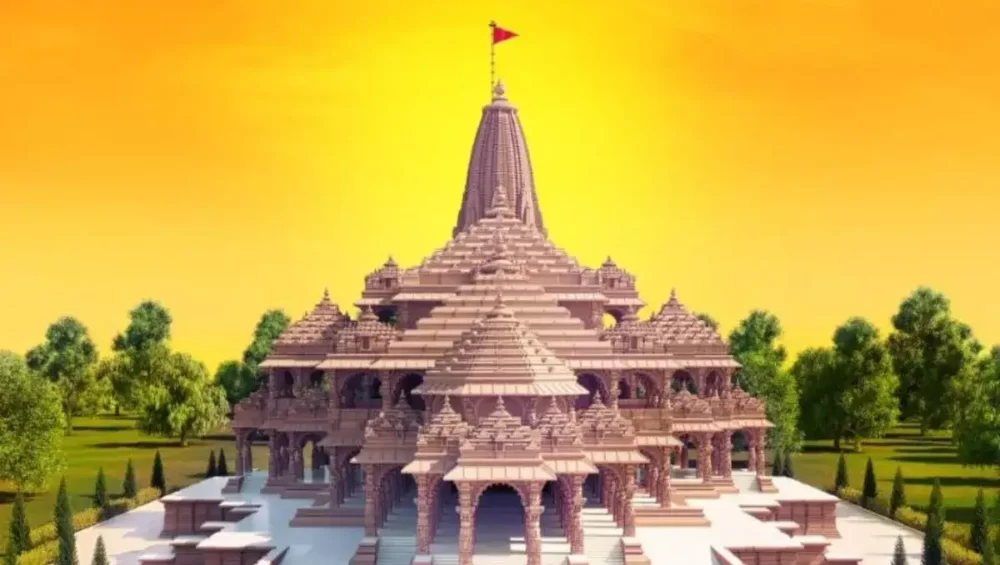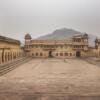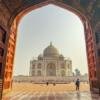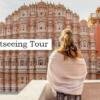The Faizabad area of Uttar Pradesh is home to the well-known holy center of Ayodhya, which has a long history and that means there are numerous places to visit in Ayodhya.
According to the epic Ramayana, Lord Ram, Lord Vishnu’s seventh manifestation, was born at Ayodhya.
Ayodhya is home to several attractions, including renowned temples, monuments, and holy ghats.
The well-known Ayodhya pilgrimage site, which is closely related to Hindu mythology, is frequented by devotees all year round.
With its unusual environment, religious chanting, and the overpowering scent of sandalwood and flowers, Ayodhya, which is located on the banks of the Sarayu river, will appeal to your senses.
In Ayodhya, among the numerous holy structures that serve as living monuments to the famous period of Lord Ram and the Ramayana, you could find tranquility and spirituality.
There are endless things to discuss when it comes to Ayodhya and its history. But the best way to know this holistic site is to visit it once.
To ease your research we have listed the 15 best places to visit in Ayodhya. Let’s take a look at them.
Contents
List of the Best Places to Visit in Ayodhya
- Ram Janma Bhoomi
- Hanuman Garhi
- Ram Ki Paidi
- Moti Mahal
- Treta Ke Thakur
- Ramkatha Park
- Kanak Bhawan
- Gulab Bari
- Tulsi Smarak Bhawan
- Guptar Ghat
- Mani Parbat
- Sita Ki Rasoi
- Tulsi Udyan
- Chakra Harji Vishnu Temple
- Nageshwarnath Temple
1. Ram Janma Bhoomi
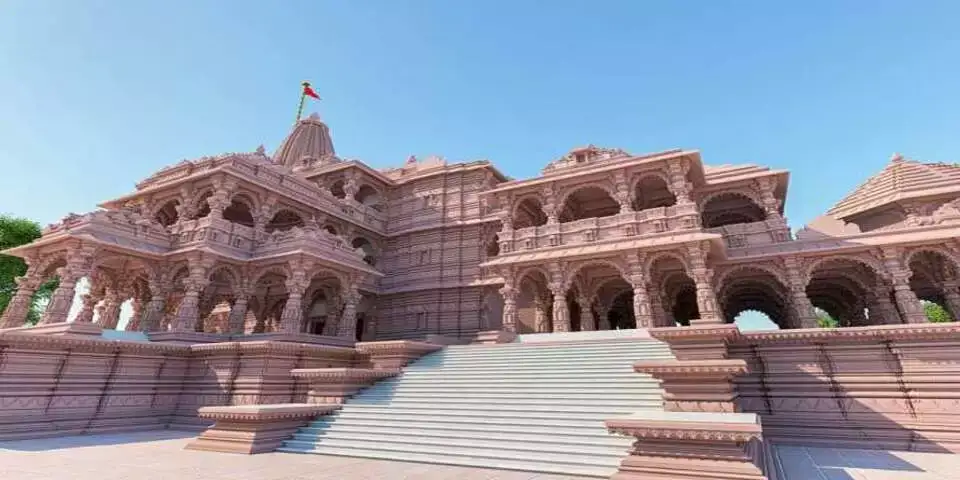
Though Shri Ram’s birthplace is frequently identified as Ayodhya, the prince really was born in another part of the city.
A landmark in the area is the Ram Janam Bhoomi temple. Surely it is the best place to visit in Ayodhya.
On the northwest side of the temple lies the Sita ki Rasoi temple, another important shrine.
2. Hanuman Garhi
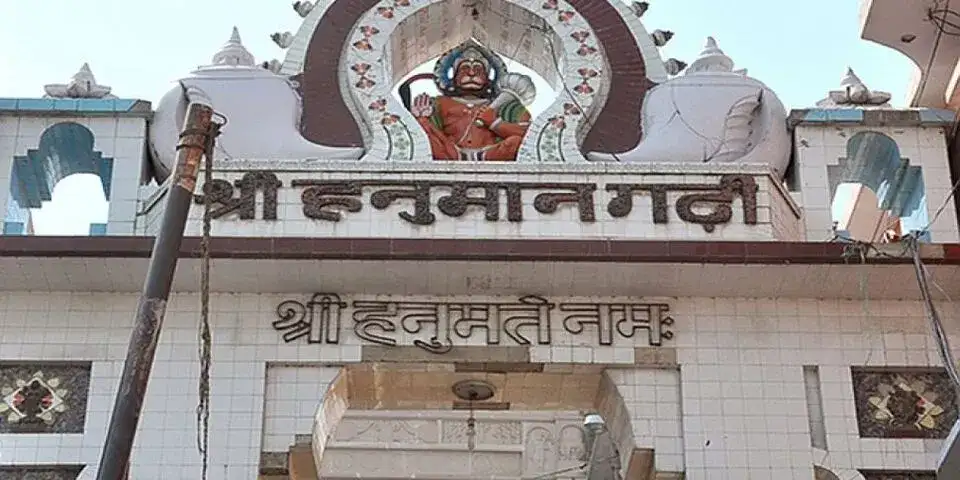
One of Ayodhya’s most well-known temples, Hanuman Garhi, was built by the Nawab of Awadh and honors the mighty monkey god Lord Hanuman.
The temple is notable for its 70 difficult stairs that must be overcome to reach there.
The best time to go to the temple is during any important Hindu holiday.
3. Ram Ki Paidi

A group of Ghats that is near the bank of the Saryu river is referred to as Ram ki Paidi.
Huge crowds of devotees gather here and form a queue to dip into the holy water and the number of people you will find there is enough to tell you why Ram ki Paidi is one of the best places to visit in Ayodhya.
If you don’t see the Saryu river or go to the gorgeous nighttime aarti hosted by the river’s banks, your journey to Ayodhya would be incomplete.
4. Moti Mahal
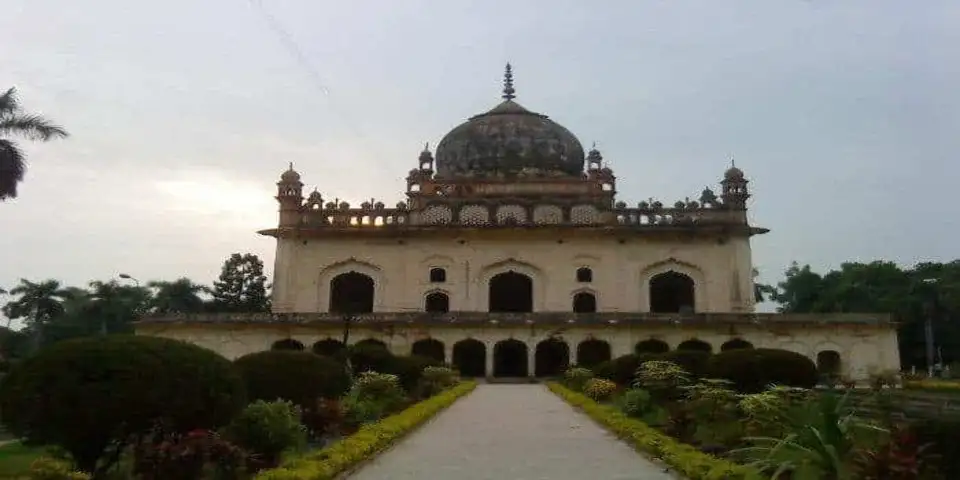
The Moti Mahal, one of the best examples of Mughal architecture, was built in 1743 AD as Nawab Shuja-ud-daula’s home.
The palace is in the nearby town of Faizabad, and many people visit it because of its amazing design.
“Are Planning to travel to Ayodhya, Contact us.”
5. Treta Ke Thakur

Treta ke Thakur, or Lord of the Treta Yug, is the name of Shri Ram’s temple.
According to the scriptures, the temple was built where Lord Ram offered Ashwamedha Yagya to mark his victory over Ravana.
At the temple, there are idols of Lord Ram, his wife Sita, their younger brothers Lakshman, Bharata, and Shatrughan, the guru Vashishtha, King Sugriva, and Hanuman.
The eleventh day, or Ekadashi, of the Hindu month of Kartik, is when the temple opens its doors to guests from all across the country.
Definitely, the temple is one of the best places to visit in Ayodhya.
6. Ramkatha Park
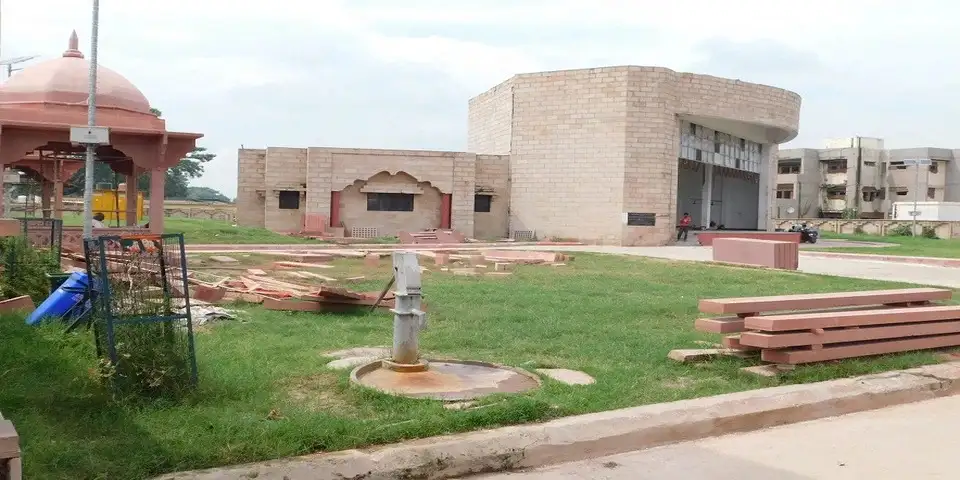
To ease the strain on the city’s interior and other holy places, Ram Katha Park was built.
It is a nice, spacious, and beautifully maintained park that provides a much-needed escape from the hustle of the city.
There are outdoor theatres in the park that may be utilized for religious, spiritual, and cultural activities.
Preaching, readings from the Bible, and other religious activities are always taking place in the park.
Additionally, it offers prospective performers the chance to showcase their talents through plays, dance, music, and poetry.
Due to its uplifting spiritual atmosphere, the park is a favorite hangout for weekend and evening visitors of all ages.
7. Kanak Bhawan
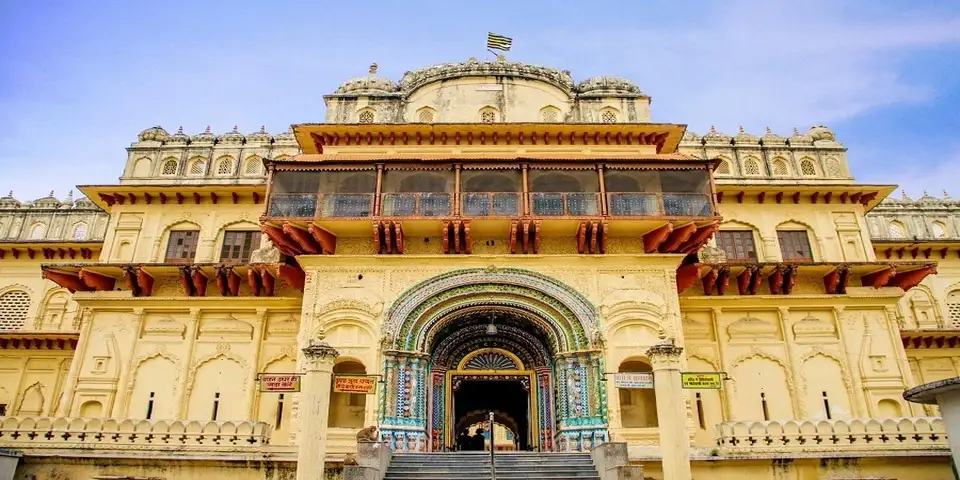
It was believed that the place where the present temple is situated once housed another temple that Lord Ram’s stepmother Kaikeyi had gifted to Sita as soon as they were married.
The temple was afterward repaired, and in 1891 King Vikramaditya of the Paramara dynasty had it reconstructed once again.
Kanak Bhawan is one of the buildings in Ayodhya with the most skillfully designed architecture.
8. Gulab Bari
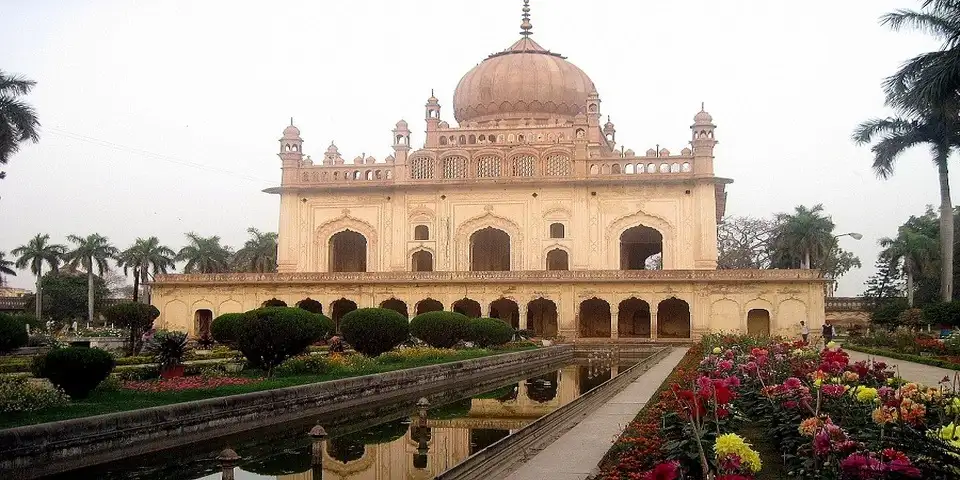
The tomb of the Nawab Shuja-ud-daula is a monument, which is located in Faizabad, near Ayodhya, and the best site for the people who desire places to visit near Ayodhya.
The numerous rose gardens that surround the area’s water fountains are whence Gulab Bari derives its name.
The structure is a fusion of Hindu and Mughal architecture, sometimes referred to as the Nawabi style.
9. Tulsi Smarak Bhawan
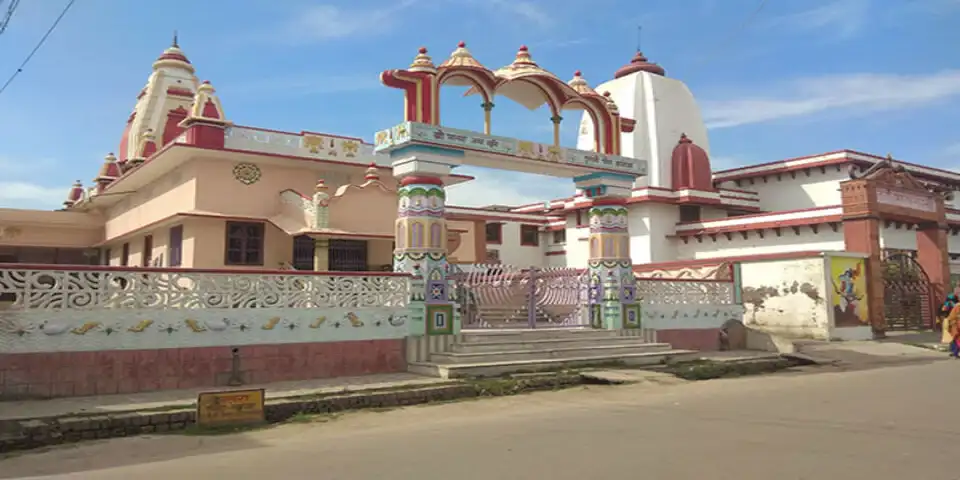
In 1969, the Tulsi Smarak Bhawan was constructed as a memorial to the Ramayana’s author, Swami Tulsidas, a well-known poet.
It is said that Saint Tulsidas composed the epic Ramayana here.
The Bhawan houses the Ram Katha Sangrahalaya Museum and a sizable library, both of which are a goldmine for academics and historians.
There have been daily performances of the well-known Ram Leela since 2004.
Tulsi Jayanti, the day honoring Tulsidas, is observed annually with tremendous fervor and excitement.
10. Guptar Ghat
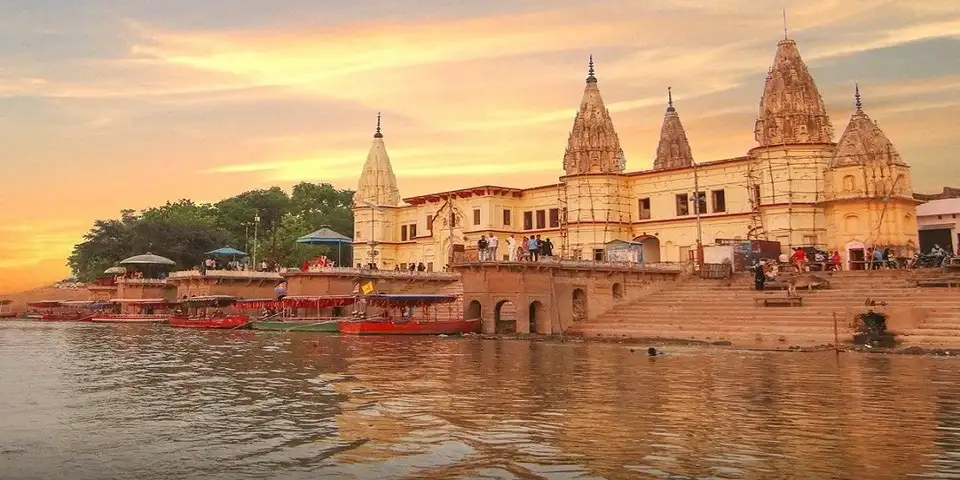
The ghat is a well-known Hindu pilgrimage site that is situated along the Sarayu River.
On his approach to his holy residence, the Vaikuntha, it is stated that God King Ram drowned himself at Guptar Ghat.
This action is known as a “Jal Samadhi.” There are several temples and regular aarti on the ghat.
Also Read : Things to do in Ooty
11. Mani Parbat

Ayodhya is home to Mani Parbat, a 65-foot-tall mountaintop of enormous mythological significance.
Only the Sanjeevani Booti could heal Lakshman, who had been wounded by Meghnad during the great Ramayana battle
On his way to Lakshman, Hanuman uprooted a portion of the mountain that fell here and is now known as Mani Parbat.
There are several temples on the hill, and the summit offers a mesmerizing panorama.
12. Sita Ki Rasoi
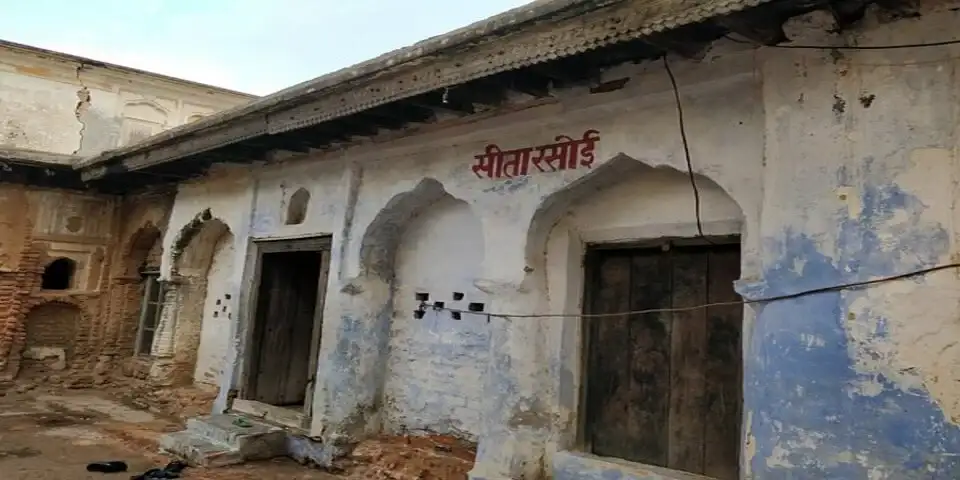
Sita ki Rasoi is a shrine rather than a royal kitchen.
It is located in Ayodhya’s Ramkot neighborhood next to the Ram Chabootra Terrace on the western side of the Ram Janamasthan.
The temple is home to the idols of Ram, Lakshman, Bharat, and Shatrughan, as well as their wives Sita, Urmila, Mandvi, and Shrutikriti.
Examples of symbolic kitchenware include the rolling plate, also known as chakla, and the rolling pin, also known as belna.
It was customary for the newlywed daughters-in-law to cook dinner for the entire family back then.
However, according to folklore, Mata Sita prepared food not just for her family but also for the whole human species, exactly like the fabled Goddess Annapurna.
13. Tulsi Udyan
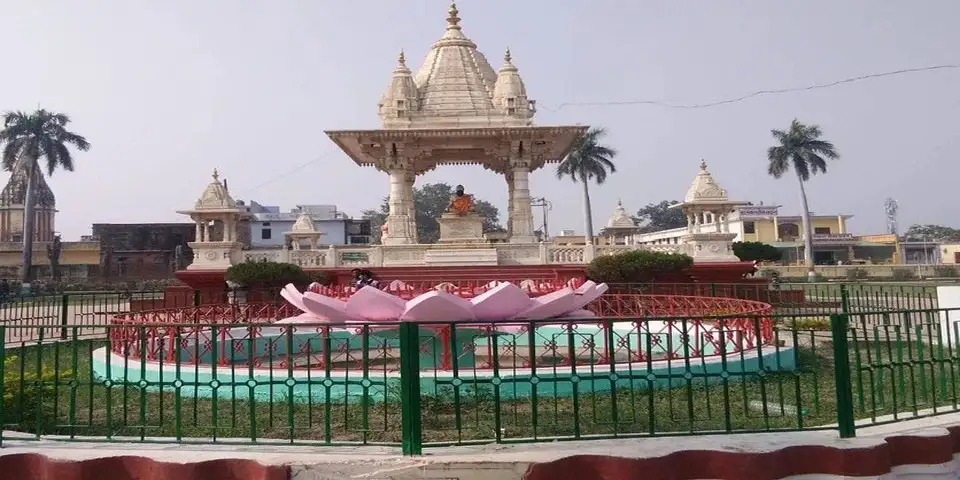
As the name says, Tulsi Udyan is a park with gardens.
It was constructed as a memorial in honor of Tulsi Das, a renowned poet and the creator of the Epic Ramcharit Manas, often known as the Ramayana.
Under a gorgeous canopy, a statue of Tulsi Das has also been placed in the grass.
The park is next to the Ayodhya Bus Stand on the National Highway that passes through Faizabad, a neighborhood in the Ayodhya region.
In honor of the English queen Queen Victoria, the garden was once known as Victoria Park. There was also her sculpture.
The park was given its present name, Tulsi Udyan, in 1960. Udyan Vibhag, a division of the Uttar Pradesh government, is currently responsible for managing the garden.
14. Chakra Harji Vishnu Temple
Hindus hold a special devotion to the Chakra Harji Vishnu Temple for two basic reasons.
It is located close to Faizabad at Guptar Ghat on the bank of the Saryu river.
The carved figure of Lord Vishnu carrying a chakra or a disc initially fills the visitors with amazement and surprise.
Usually, while Lord Krishna is fighting devils on the battleground, he is seen holding the (Sudarshan) Chakra.
Therefore, it is odd to see Lord Vishnu holding a chakra. Another intriguing aspect of the monument is where Lord Ram left his footsteps.
Hindus hold them in high regard and are very devoted to them since they are believed to be the steps of God.
The temple also houses the idols of other deities.
15. Nageshwarnath Temple
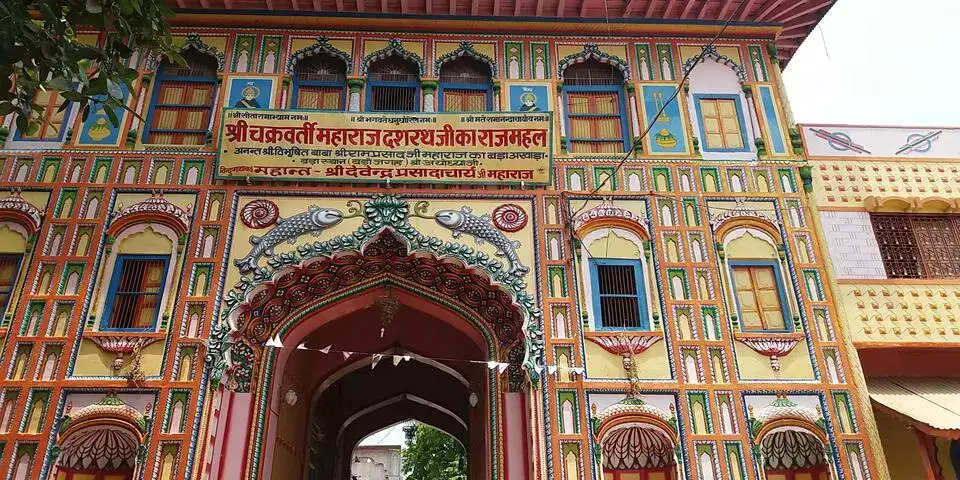
The temple of Nageshwar Nath or the God of Snakes is situated near the Ram Ki Paidi and dedicated to Lord Shiva.
Kush, the younger son of Lord Ram, built the temple as an expression of gratitude when Naag-Kanya, the snake daughter, found his armlet in the Saryu river and returned it to him.
Nageshwarnath Temple is an architectural marvel that attracts visitors from all across the country.
Ayodhya is one of the holiest places in Hinduism. There are so many. Another one is Rishikesh; read our Rishikesh Travel Guide to know more about it

